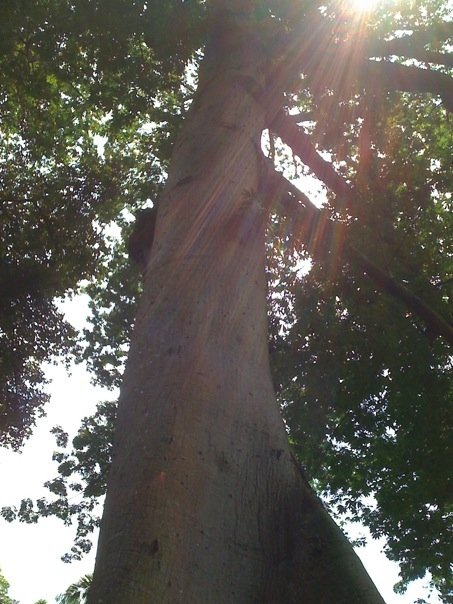 Here are five levels of positive intention that we can hold, and that we can use as conscious motivators for our meditation and awareness practice, or indeed as full objects of meditation in themselves:
Here are five levels of positive intention that we can hold, and that we can use as conscious motivators for our meditation and awareness practice, or indeed as full objects of meditation in themselves:
1. The intention to practice non-harmfulness toward ourself and others
2. The intention to heal, nurture our body-mind, and develop it to its fullest potential
3. The intention to contribute in the most meaningful and positive way to our circle of influence, meaning our family, friends, work colleagues and anyone else whom we have a direct, immediate and personal relationship with.
4. The intention to be of active benefit to all of humanity without discrimination
5. The intention to be of active co-operation and benefit to all living beings on the planet, including all members of the plant, animal and mineral kingdoms, as well as all the other classes of living being that there may be.
As you can see, these five levels increase the scope of our intention incrementally. We start with the intention to stop harming ourselves and others (if you can’t help, at least don’t harm), and end with a truly kosmocentric intention to be of benefit to all living beings without exception. This last intention is the most evolved and expansive of all the five, and is really what might be called the loving, fearless and compassionate intention of the Bodhisattva, to borrow the Buddhist expression.
A final note is that each of these intentions is valid and has its own place in our consciousness. For example, just because we may be aiming for the fifth level of intention, we can still hold intentions two and three; to nurture ourself and our circle of influence in a perfectly valid and complementary way.
You might also like to compare and contrast these five levels of positive intention with “The Five Levels of Intention For Effecting Personal Transformation” that I wrote about in a previous article.
Connecting our own five levels of motivation to the corresponding intentions within group consciousness.
It can be very useful to realize that there exists within the group mind of the Planet the collective energy of all these positive intentions. We can learn to leverage on this already existing positive group intention by connecting to it with awareness.
Here is a simple, guided meditation that takes level one, the intention to practice non-harmfulness as an example. Once you understand how to do it with one level of intention, you can easily learn how to do it with the others.
– Sitting comfortably, become aware of the different levels of intention in your mind right now, both “positive” and “negative”.
– Focusing on yourself and your own body-mind, place within you awareness the intention to practice non-harmfulness toward yourself; to stop the self abuse, self hatred, self destructive habits and so on, even if it is just for these few minutes. Sit with this intention for a minute, just holding it gently in your awareness
– Now be aware that you are part of group consciousness that we shall call the planetary mind, or planetary consciousness. This is the collective intelligence of all the living creatures in the world. Be aware that there already exists within the group mind a strong intention to practice non-harmfulness. This energy comes from all the living beings of past, present and future that have held this intention, from the great saints and yogis, to the tiniest animals.
– Feel your mind connecting to this group intention, and feel its energy flowing into your body-mind. If you like for a minute or so you can feel yourself breathing the intention in on the inhalation, and relaxing your awareness deeply into that intention as you breathe out.
Finnish when you are ready. As with all the meditation exercises on this blog this one on intention can be done as a one minute awareness form, or as a more extended meditation according to your time schedule and needs.
© Toby Ouvry 2011. You are welcome to use this article, but you must seek Toby’s permission first! Contact info@tobyouvry.com






